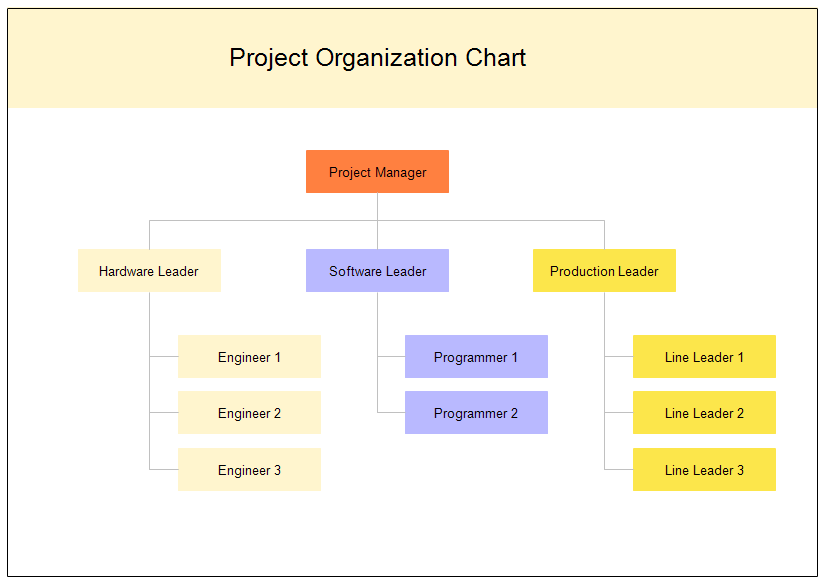Project Risk Management
Project risk management is classified as one of the most critical elements to successful project delivery. In general, projects’ scope must be delivered within the time and budget frame that were specified at the beginning. Unfortunately, those criteria are often not achieved due to poor project management process. The primary objective of project risk management is in line with the business objectives. For example, a company wants to move their IT infrastructure from on premise to the cloud. What are the risks for this process? Are users going to be affected? What KPI’s are required to be met. Will it be done on a phase approach. All these types of questions are handled under the project risk management key elements. Key performance indicators will enable the company to track the process of the project in relation to budget, quality of the project and often time taken to complete the project. Taking time to foresee the risks of moving all IT infrastructure from a company’s’ building to the cloud, does it require testing? Will the primary business be impacted should the project run into issues?
Once the project is complete, will there be requirements for change management? For example, if a virtual machine was built in the cloud to mimic the server replaced on premise, it may require additional resources and therefore this change would be required to be put to the change management board to agree the process of this change and assess the risk of changing this resource. Will it have an impact elsewhere within the infrastructure.
After the project is completed, risk management does not end and will continue to exist in additional projects, extensions to the existing project, risks that may not have existed before moving to the cloud such as high availability for example. One thing is for sure, risk management and change management will have a partnership in all types of business if a project is to be successful.

